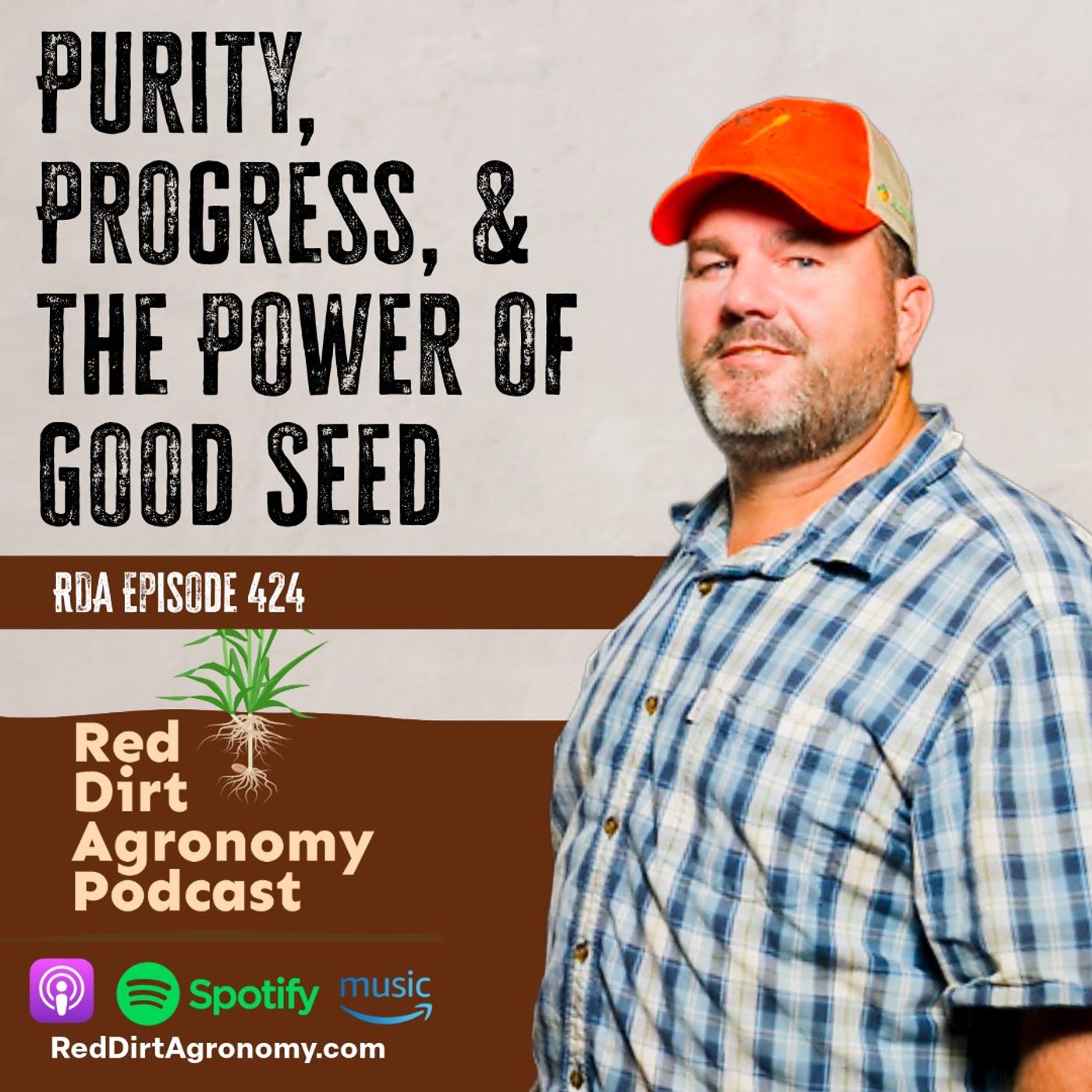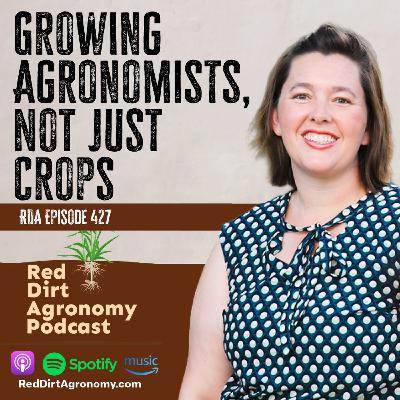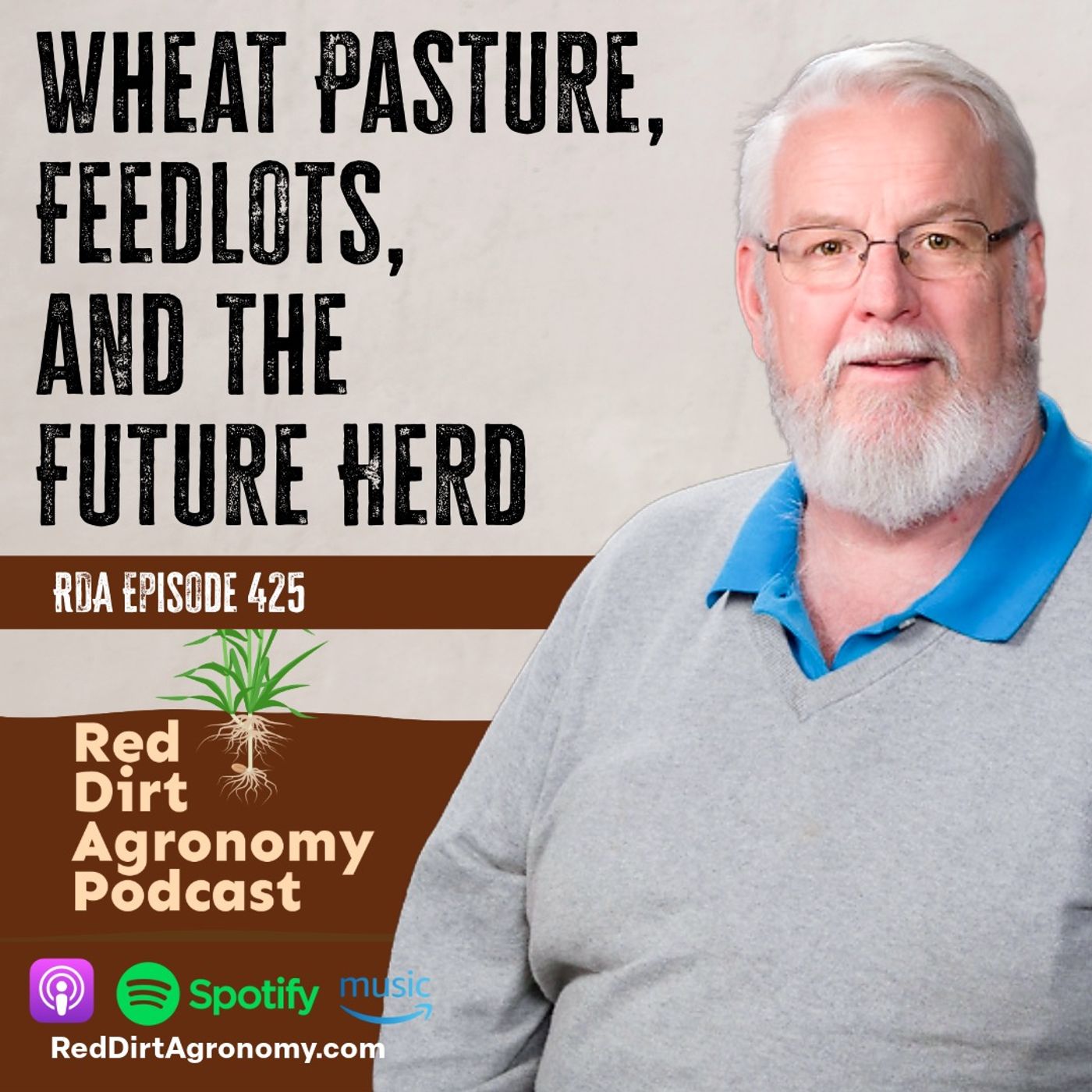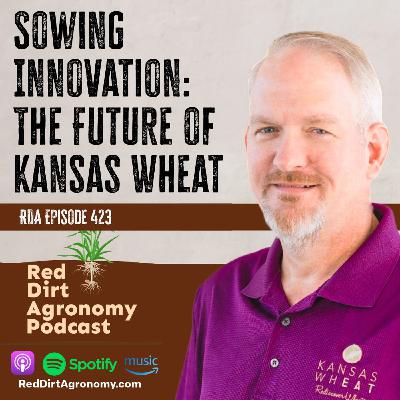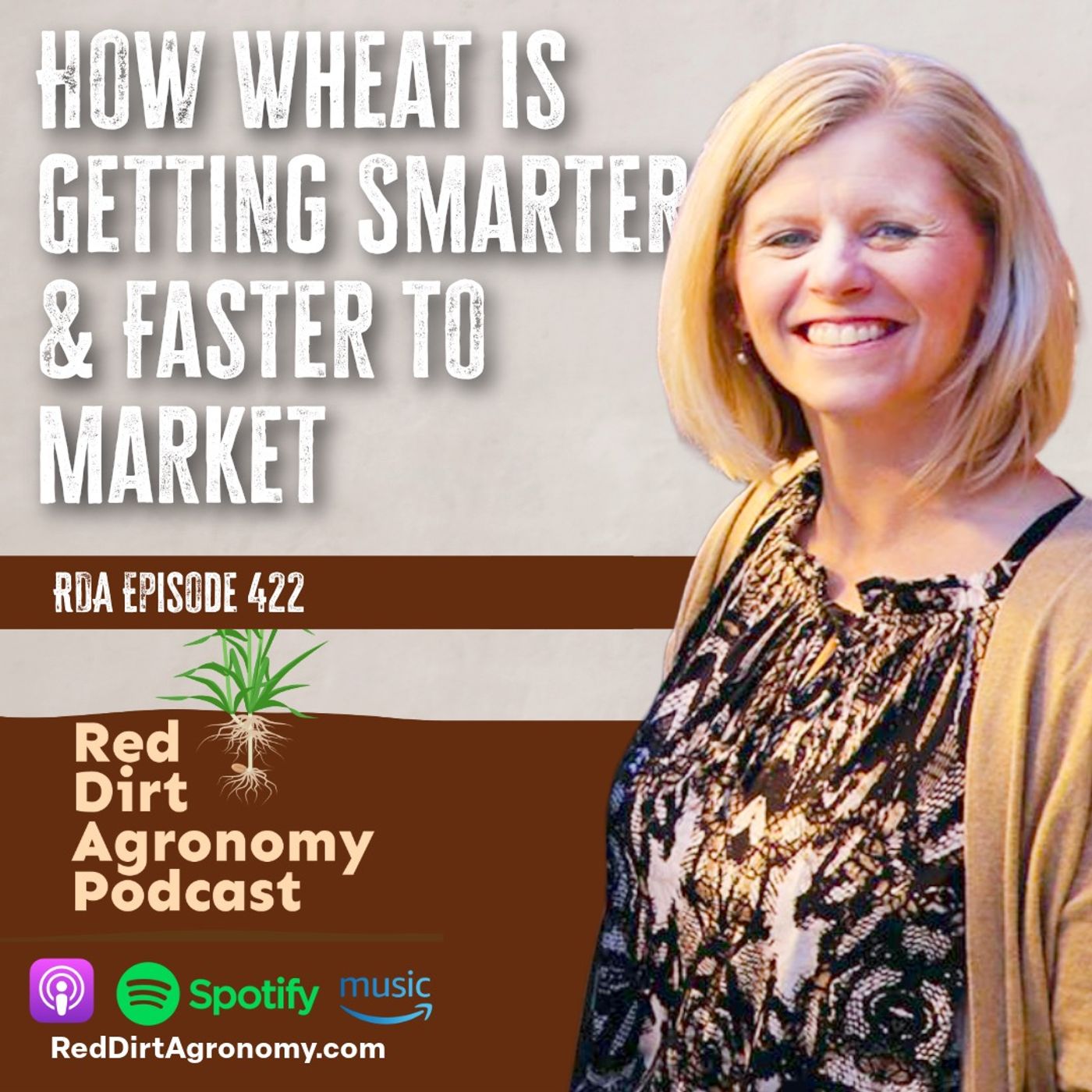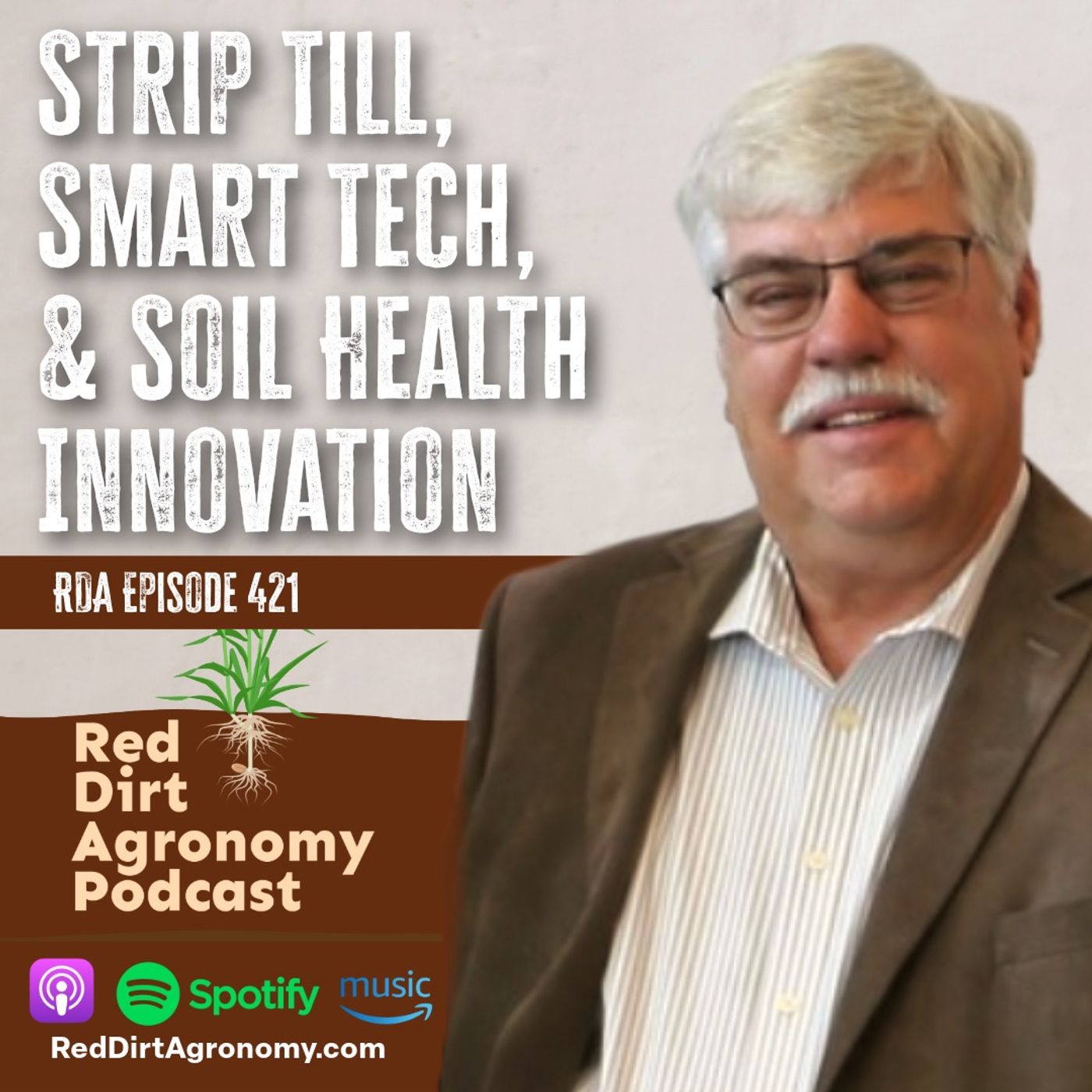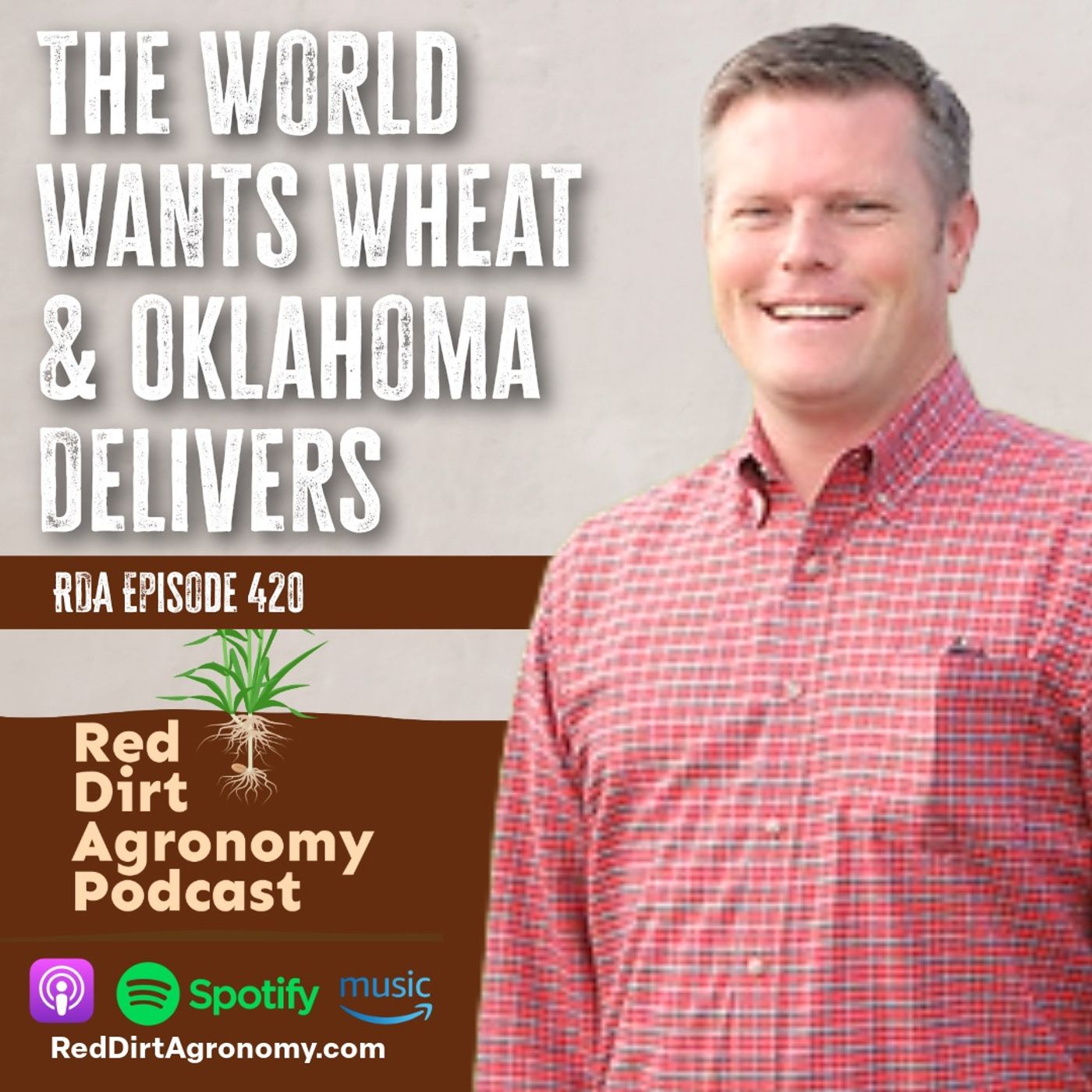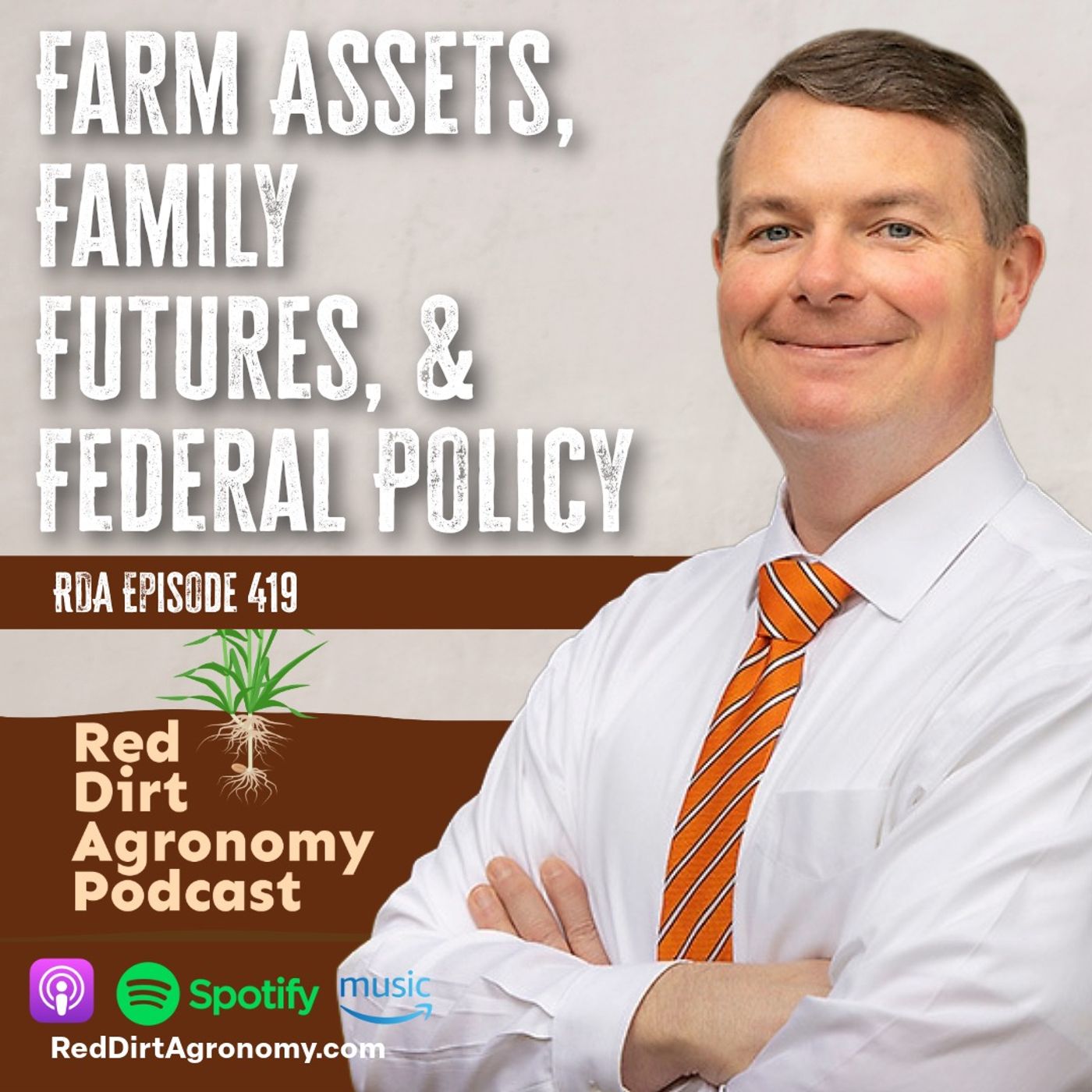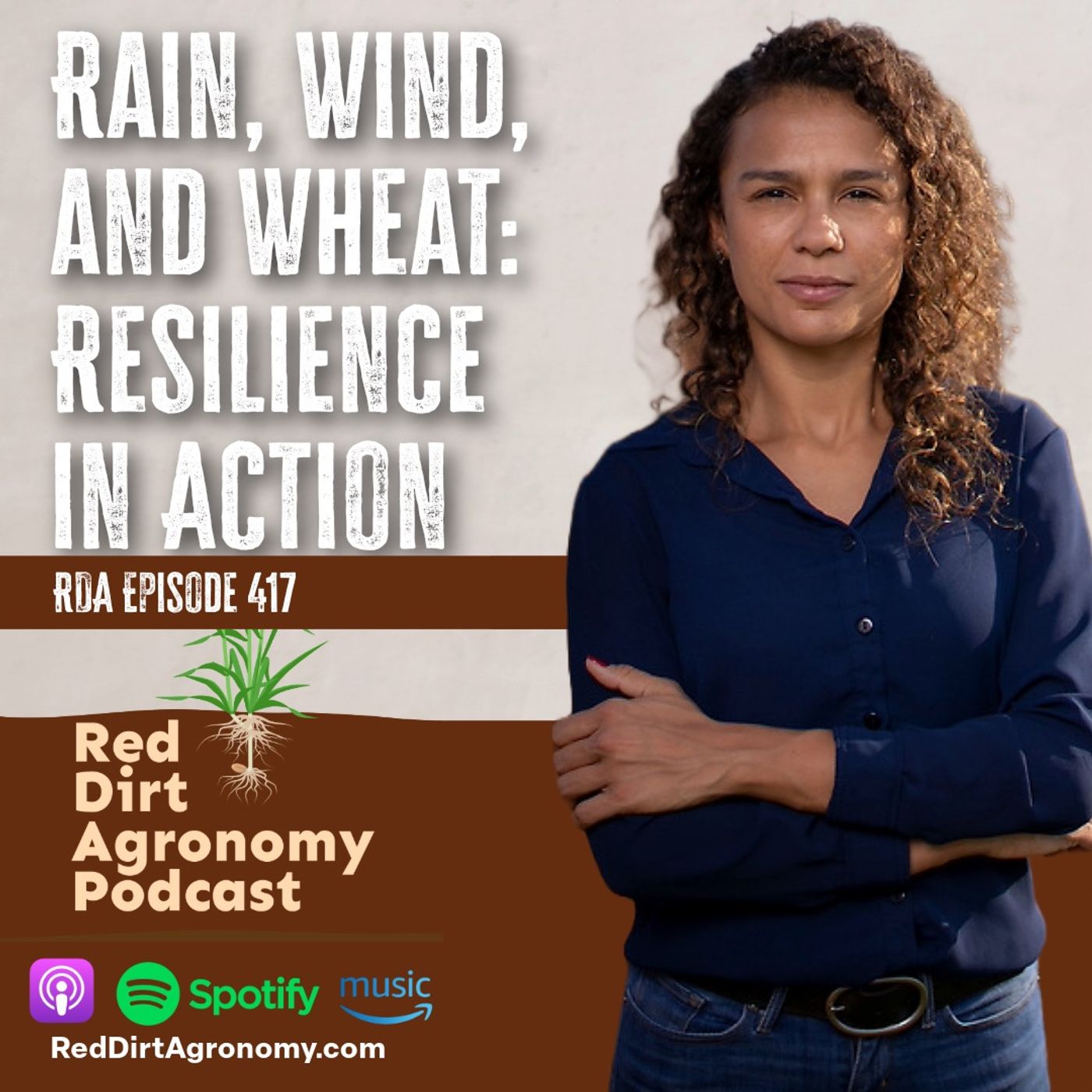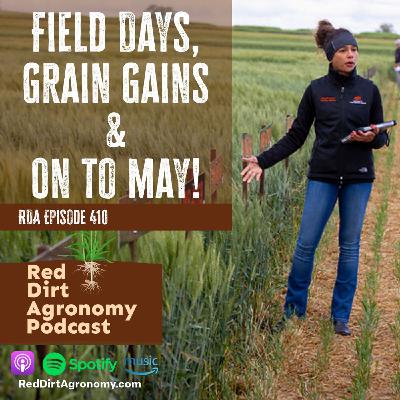Purity, Progress, and the Power of Good Seed - RDA 424
Description
This week, the crew sits down with Jeff Wright of Oklahoma Foundation Seed to trace the wheat seed pipeline—from a few pounds in the breeder’s bag to the certified seed growers buy.
Jeff opens the hood on a weather‑delayed harvest that still posted only ~5% sprout damage and a 56‑lb test weight on Orange Blossom, then tells the highway‑shoulder saga of backing a combine down I‑44 after a trailer failure.
He explains the four certified seed classes (breeder → foundation → registered → certified), why purity matters, and how new tools—like fast‑cleaning plot combines and precision planters—help scale a 10–15 lb start into bushels, quicker.
Agronomy nuggets abound: skip‑row/wide‑row, ~500k seeds/acre targets, and how partnerships from Hutchinson to Stillwater keep seed flowing across the Plains.
Top ten takeaways
- The seed pipeline exists to protect purity—breeder → foundation → registered → certified—so farmers get exactly the genetics they expect.
- Even in a rough year, Orange Blossom came off with ~5% sprout damage and 56‑lb test weight, underscoring how management and luck intersect.
- Logistics are real: after losing two trailer wheels, Jeff literally backed a combine down I‑44 to keep harvest moving.
- Modern gear speeds purity: a Kincaid research combine can be torn down and cleaned in about 1–1.5 hours(often right in the field).
- Tiny starts can scale fast: planting 10–15 lb with a research planter can produce bushels the next year and accelerate releases like Scab Striker.
- Low‑pop, wide/skip‑row wheat works—Jeff often targets ~500,000 seeds/acre and still harvests competitive yields.
- Trait licensing shapes access: certain lines (e.g., DoubleStop, Strad, CoAXium) are certified‑seed‑only or under special contracts.
- Cross‑state coordination matters: OSU and K‑State swap seed and use Hutchinson, KS, as a hand‑off to serve customers on both sides of the line.
- Cold storage and national germplasm archives keep legacy varieties alive for future breeding and rescue.
- The future’s colorful (literally): purple wheats, higher‑fiber lines, and other innovations are on the horizon.
Timestamps:
00:00 –00:18 — Sponsor: Oklahoma Wheat Commission; “feeding the world while growing the future.”
00:19 –01:20 — Show open, Ep. 424; “lots of wheat going in the ground across the Great Plains.”
01:21 –02:16 — Team roll call: Dr. Brian Arnall, Dr. Josh Lofton, Dr. Raedan Sharry; booth banter.
02:25 –03:38 — Meet Jeff Wright, manager of Oklahoma Foundation Seed; recorded at High Plains Journal Live (Wichita).
03:39 –04:52 — Harvest chaos: cutting delays; “lost two wheels” off the trailer; backed a combine down I‑44 to solve it.
04:53 –06:10 — What Foundation Seed does: maintain purity, scale new releases, and handle more than wheat (barley, oats, rye, peanuts, mung beans, forage grasses).
06:11 –08:14 — Weather impact: a late cut still tested ~5% sprout damage and 56 lb test weight on Orange Blossom; theory on staying consistently wet.
08:15 –12:26 — Jeff’s 18‑year arc (since 2007): from F2 gleaners and all‑day cleanouts to better logistics and later planting windows.
12:27 –15:06 — Launching varieties faster: from Duster’s slow start to handling 15–10 lb starts across many lines.
15:07 –17:22 — Research planter tactics: planting ~25 lb over ~2 acres (80 bu the next year) and 15 lb over ~2 acres (later “Scab Striker” at ~90 bu).
18:13 –19:32 — Equipment leap: Kincaid seed‑production combine (clean in ~1–1.5 hours in the field) and a small 10‑ft header plot machine (30 minutes, one person).
20:09 –21:11 — Seed classes explained: breeder → foundation → registered → certified; most OSU lines can be saved farm‑to‑farm, with traited exceptions (e.g., DoubleStop, Strad, some CoAXium).
21:53 –24:26 — How other states do it; crop mixes; Kansas heavy in wheat, Missouri soybeans, Georgia peanuts.
24:37 –26:06 — Coordination with K‑State and Kansas Wheat Alliance; swap seed and use Hutchinson as a distribution point.
26:46 –28:06 — Facilities: moved into a new building in 2018; goal to hard‑install cleaning equipment (retire the portable setup).
28:36 –29:46 — Agronomy: ~500k seeds/acre can still push yield; which plant types handle wider rows/skip rows best (good tillering, wide leaves).
30:09 –33:05 — When varieties fade: carryover strategy, hauling to the elevator, and keeping small lots in cold storage; national germplasm backup.
34:33 –35:24 — What’s next: purple wheats, high‑fiber lines, and more CoAXium—“exciting changes ahead.”|
36:00 –37:30 — Why producer partnerships matter; wrap and contact info
RedDirtAgronomy.com

